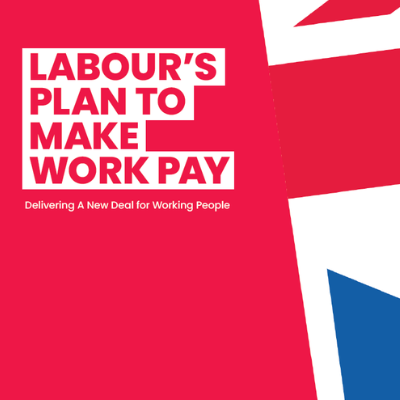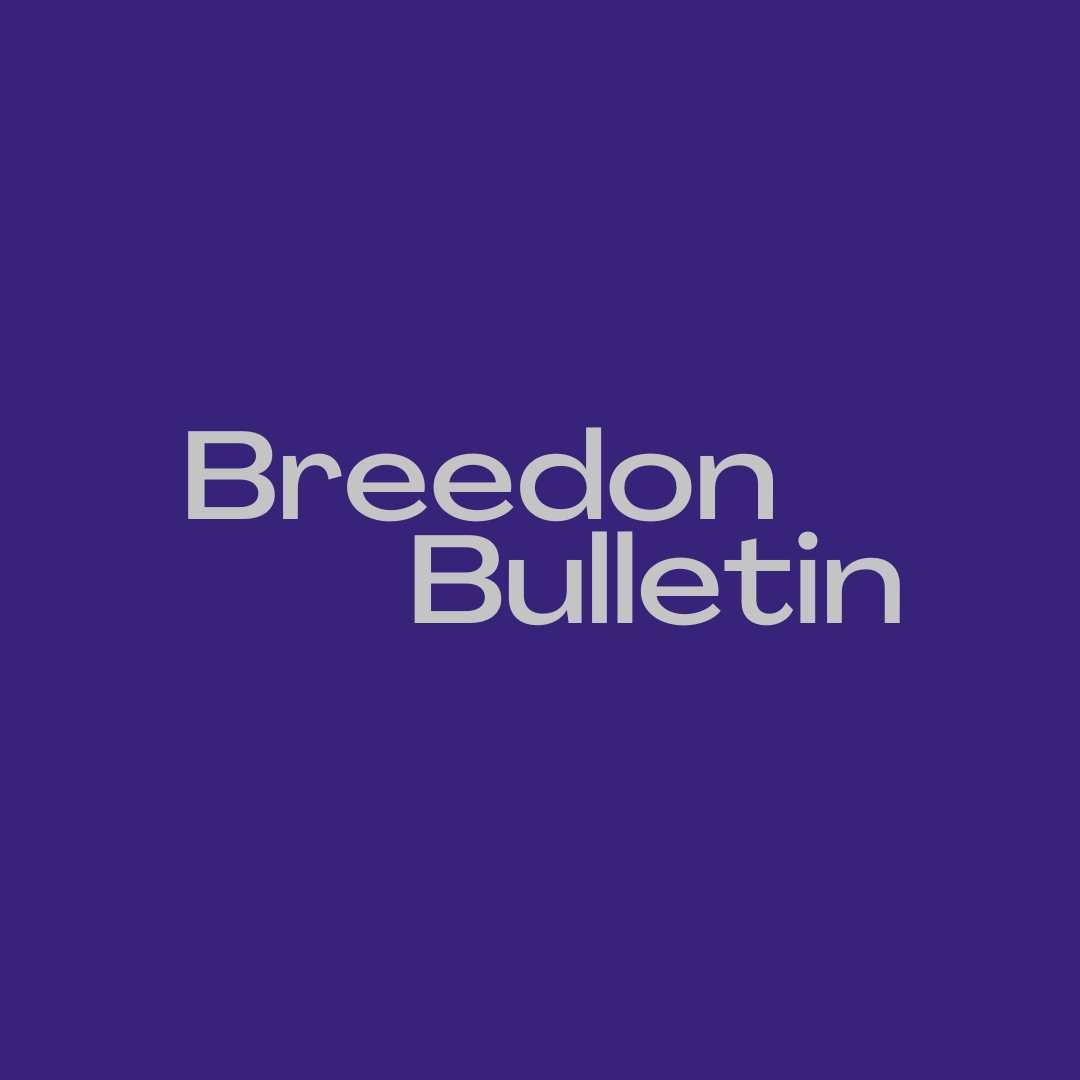The People Playbook - a presentation for The Chamber of Commerce
The importance of implementing correct HR practices

Why worry about HR practices?
Because combining well designed HR practices with your business strategy can leverage success:
My Top Ten:
- Workforce planning
- Communication strategy
- Skills analysis
- Performance Management
- Compensation and benefits
- Employee engagement and wellbeing
- Policies and compliance
- Succession planning
- Employer brand
- HR analytics
Workforce Planning
The process of analyzing, forecasting, and planning workforce supply and demand, assessing gaps, and determining targeted talent management interventions. For small businesses, this means ensuring you have the right people, with the right skills, at the right time, and at the right cost.
- Evaluate current staffing levels vs. strategic goals
- Identify skills gaps, succession planning and future hiring needs, considering potential expansions or reductions
- Recruit the right talent, train and develop current employees and have a clear plan for succession
- Implementation and Monitoring
Benefits: Aligns talent with business goals. Improves operational efficiency. Enhances agility and competitiveness
Communication Strategy
Steps to develop and implement a communication strategy:
- Assess current practices – what do you do and how effective is it?
- Set clear objectives – who are you aiming at and what do you want to achieve?
- Craft the message – clear, consistent messages that align with your business values and objectives
- Choose the right channels and tools – meetings, open forums, email, newsletter, Teams etc
- Implement and gain feedback – regularly review and update
Benefits: Facilitates clear and consistent messaging. Enhanced employee engagement and morale. Drives business success
Skills Analysis
Are your team equipped to meet current and future demands to achieve your objectives?
- Assess the current skill set against current and future requirements
- Plan for upskilling/reskilling opportunities
- Allocate budget for training and development programs
Benefits: Improved employee performance and productivity. Better employee retention rates. Aligns workforce capabilities with evolving market demands
Performance Management
We so often hear: "The thought of an appraisal system makes me shudder".
- Review the effectiveness of current performance review methods – what are you aiming to achieve?
- Focus on development and performance improvement
- Plan for any updates or overhauls – traditional annual reviews, 360-degree feedback, OKR’s, continuous feedback systems, performance improvement plans
- Set individual KPIs
- Align individual performance metrics with business goals
Benefits: Boosts employee productivity and efficiency. Facilitates early identification and resolution of issues. Improves employee engagement and contribution to business goals
Compensation and Benefits
Are your compensation and benefits competitive, fair and aligned with your business objectives?
- Carry out a market analysis for salaries and benefits
- Plan adjustments in compensation, if needed, to attract and retain talent
- Be creative if you have budget constraints, and consider performance-based bonuses or incentives
Benefits: Attracts and retains top talent. Improves employee morale. Aligns compensation strategy with business goals
Employee Engagement and Wellbeing
How to make improvements:
- Employee satisfaction surveys or feedback mechanisms – analyse results and performance data
- Set objectives for improvement – reducing turnover, improving job satisfaction, increasing productivity
- Implement initiatives to foster a positive working environment - improved work-life balance, mental health support, etc.
- Strategies for keeping remote or hybrid workers engaged
Benefits: Increased productivity and efficiency and reduces absenteeism. Enhances collaboration, creativity and innovation. Improved employee retention
Policies and Compliance
Are your policies necessary, up to date and relevant?
- Review and update HR policies to make sure they are relevant to your business today
- Ensure compliance with employment legislation
- Communicate changes effectively throughout the organization, explaining why as well as what
Benefits: Fairness, transparency and consistency leads to improved employee engagement. Supports changing business strategies. Enhances employee trust and confidence
Succession Planning
Be Prepared for the inevitable changes that will happen. The process involves several key steps:
1. Identifying critical positions within your organization.
2. Assessing and identifying potential candidates within your current workforce.
3. Developing a tailored development plan for these candidates, including training and any necessary experience.
4. Regularly reviewing and updating the succession plan to align with evolving business need
Benefits: Guarantees leadership continuity. Builds a strong talent pipeline. Enhances organisational resilience
Employer Brand
Does your employer brand reflect reality?
- Strategies for improving the employer's reputation and attractiveness
- Social responsibility, company culture and values as a recruitment tool
- Leveraging employee testimonials and stories
Benefits: Attracts quality candidates. Reduces hiring costs. Improves employee retention
HR Analytics
The collection and analysis of HR data to improve workforce performance and make better decisions:
- Assess performance data to identify productivity patterns and training needs
- Predict future workforce requirements and plan accordingly
- Improve recruitment processes by analysing the sources of best performing employees
Benefits: Informed decision making. Enhanced employee experience and retention. Aligns HR strategies with business goals





